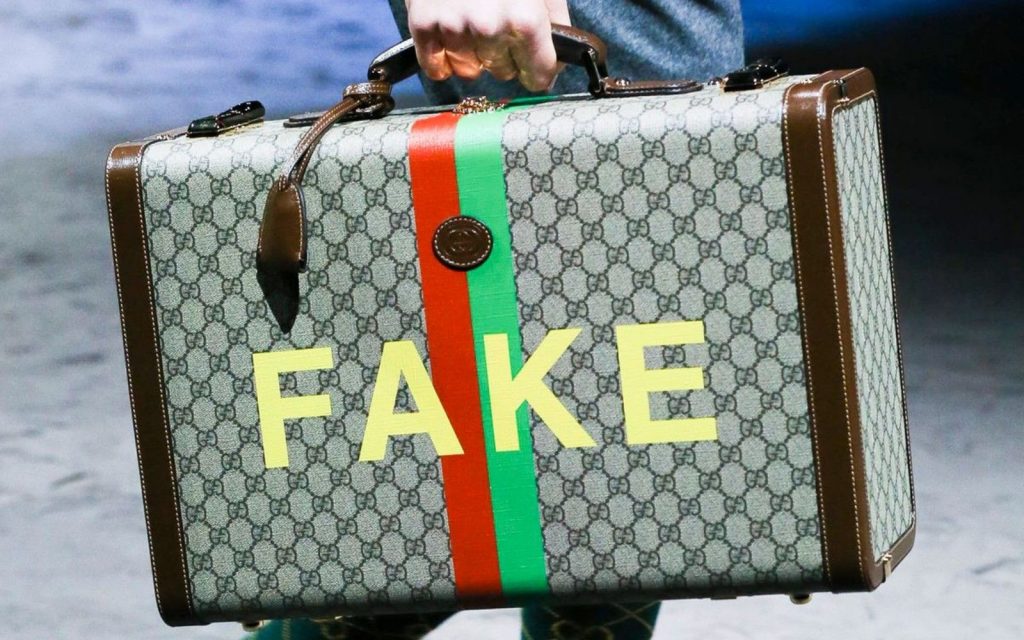A new study from the European Union Intellectual Property Office (“EUIPO”) found that the rate at which young people in the 27-member bloc are intentionally buying counterfeits is on the rise. In a report documenting the findings of a survey of individuals between ages 15 and 24 years old residing in the EU that was conducted in February, the EUIPO revealed that 52 percent of surveyed consumers had purchased at least one counterfeit good online in the last 12 months – with 37 percent of them acquiring the fake product(s) on purpose. This marks “a notable increase” compared to the outcome of a similar survey conducted in 2019, when the EUIPO found that just 14 percent of young consumers had intentionally purchased at least one counterfeit good over the course of 12 months.
In terms of the types of goods that were among the most frequently-purchased by individuals intentionally seeking out counterfeit goods in the last 12 months, the highest percentage purchased clothing and accessories (17 percent), followed by footwear (14 percent), electronic devices (13 percent) and hygiene, cosmetic, personal care and perfume products (12 percent). The EUIPO determined that the unintentional purchase of counterfeits – which was cited by 37 percent of respondents – was highest for “broadly the same product categories,” with the intellectual property office noting that the unintentional purchasers “acknowledge difficulties in distinguishing genuine goods from counterfeits.”
(It is worth noting that the EUIPO does not explicitly define “counterfeit” in its report, although it does distinguish counterfeiting from copyright-centric piracy. U.S. law characterizes a counterfeit product as one that bears a spurious mark or one that it identical with, or substantially indistinguishable from, a mark registered on the principal register in the United States Patent and Trademark Office, and that is applied to or used in connection with the goods or services for which the mark is registered with the United States Patent and Trademark Office.)
Focusing on the impetus behind such intentional purchases, the EUIPO found that “product affordability” was the primary motivating factor, with 48 percent of respondents who had intentionally bought counterfeits in the last 12 months saying that they had done so because of the cheaper price of the counterfeit. Other factors cited by at least one in five intentional purchasers of counterfeit goods were “simply not caring whether the product was a fake” (27 percent), a belief that there was “no difference between genuine and counterfeit goods” (24 percent), and “the ease of finding or ordering fake products online” (18 percent).
Additionally, compared to the 2019 survey, the EUIPO noted an increase of 6 percentage points in the proportion citing “another reason, namely the influence of people they knew” in driving the intentional purchase of counterfeit goods.
In this same vein, the EUIPO found that almost a third of respondents who had intentionally bought counterfeits in the last 12 months (31 percent) said they would “stop doing so if more affordable original products were available.” An equal proportion (31 percent) said they would stop purchasing counterfeits “if they were to experience a poor-quality counterfeit.” Beyond that, almost a quarter of respondents (23 percent) said they would do so if they were to experience cyberfraud or a cyberthreat, or if they were to experience an unsafe or dangerous product (22 percent). And still yet, 19 percent and 17 percent of respondents respectively revealed that that “a better understanding of negative effects on the environment or society would stop them.”
As for what is driving the rise in intentional counterfeit purchases, the EUIPO states that it is likely a result of “the widely documented increase in online shopping during the COVID-19 pandemic (and potentially a shortage of products in some physical stores).”











